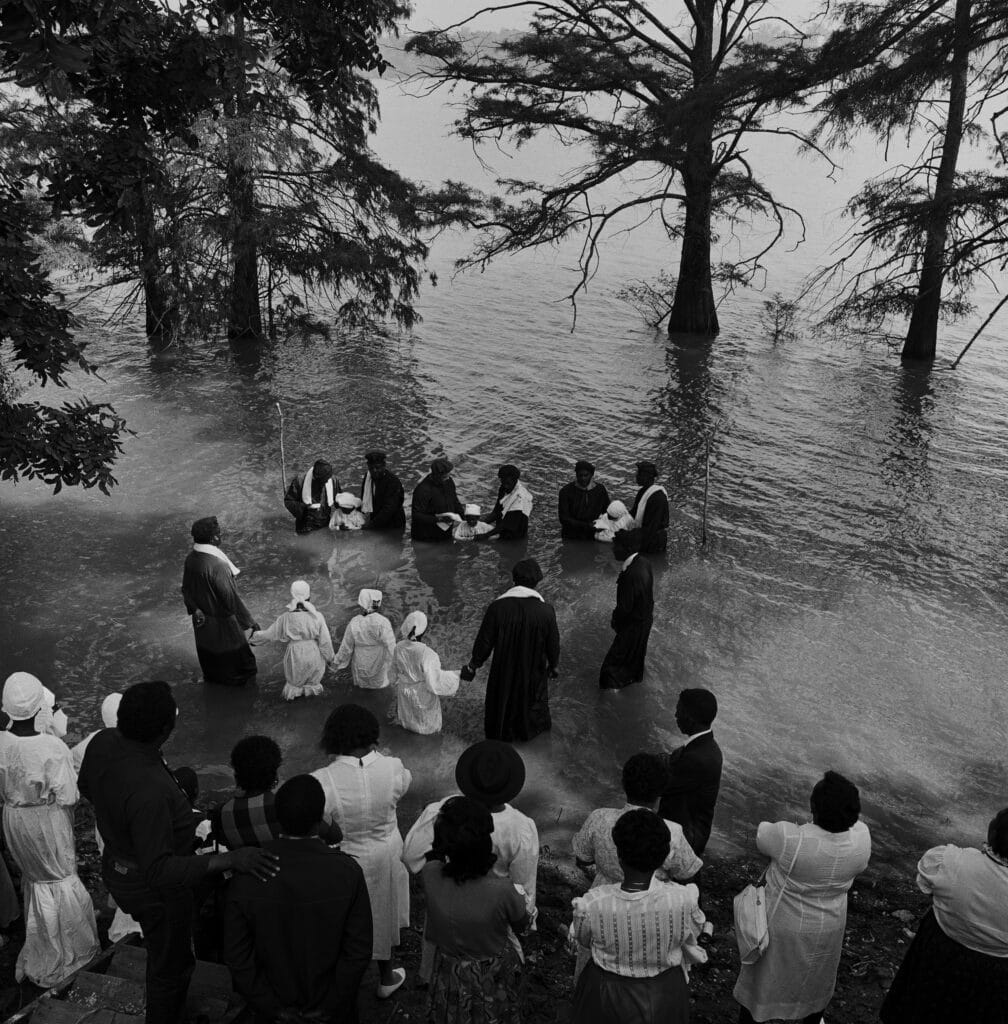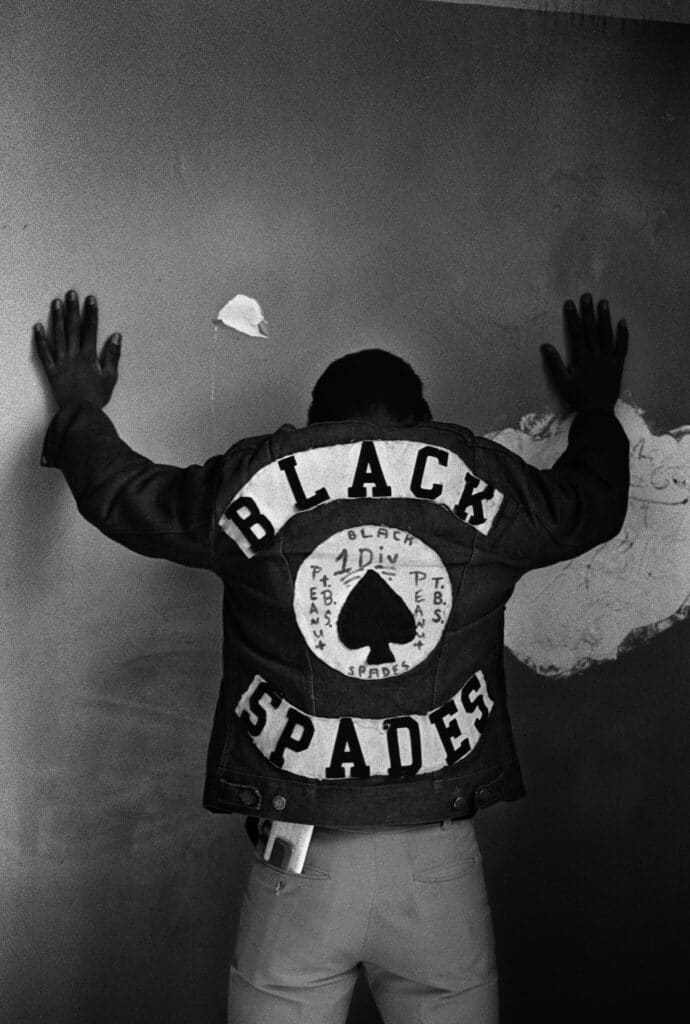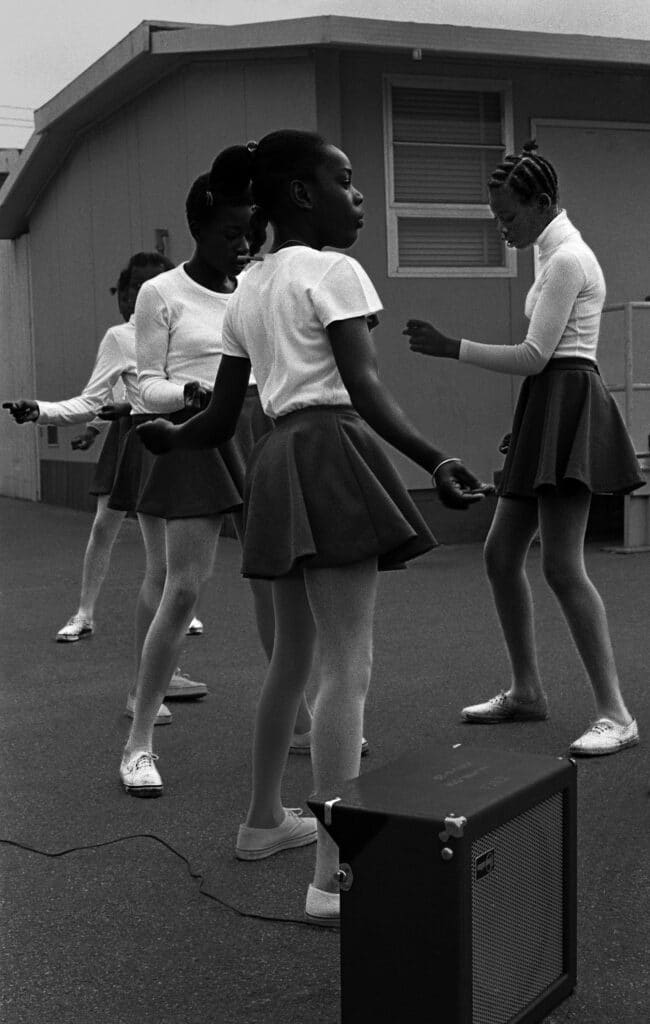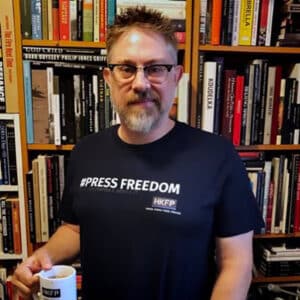In the booklet that accompanies the exhibition “Ken Light | American Stories: 1969-1995”, Brian Wallis, the Executive Director of the Center for Photography at Woodstock writes: “Now more than ever, documentary photography matters. In an era of unleashed hatred and political divisiveness, documentary photography provides a grounding in a tangible world of empirical evidence. These vivid images record lives, places, and everyday events that actually happened and that would otherwise remain unseen.”
Ken Light’s career as a documentary photographer stretches over 55 years. His work has been exhibited in more than 225 solo and group exhibitions internationally. His photographs are also in the collections of numerous museums, and he has a list of grants and awards that many would envy to have half of. He has published 12 monographs and is the author of both Witness in Our Time: Lives of Working Documentary Photographers, now in its second edition, and Picturing Resistance. On top of it all, he was the first photographer to become a Laventhol Visiting Professor at Columbia University Graduate School of Journalism and is the Reva and David Logan Professor of Photojournalism at the U.C. Berkeley’s Graduate School of Journalism.
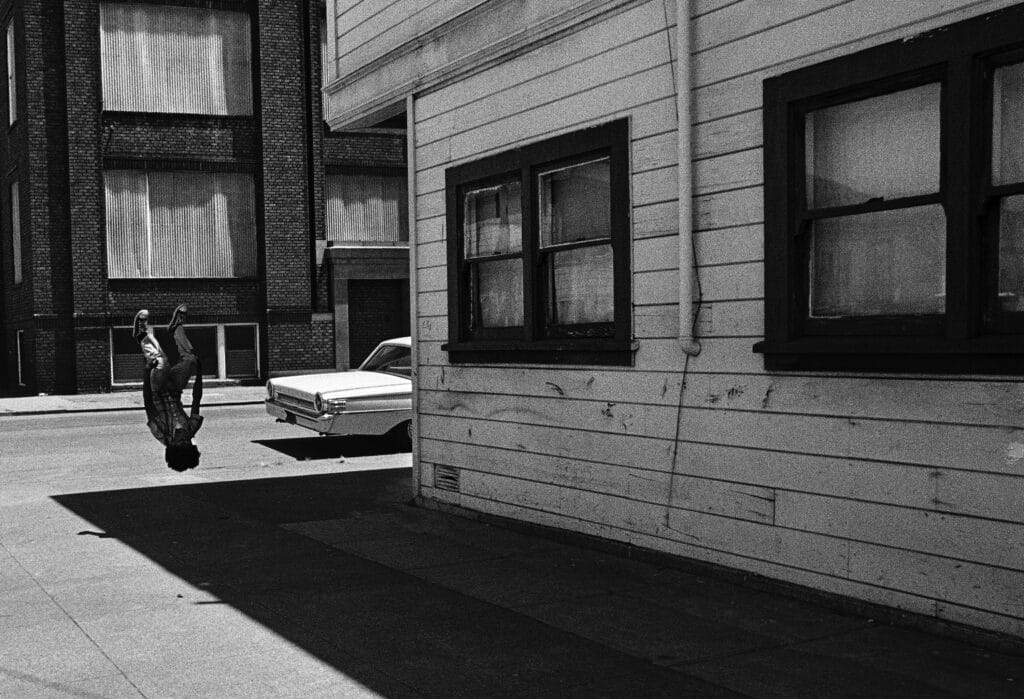
Light knows all about the issues photographers face, from both behind the camera and from the front of a classroom. “Documentary photographers and photojournalists can only stand by their work. We can’t be enticed by AI and playing in that sandbox, we must not forget about the truth and the ethical standards of witnessing our time. Standards that over decades have become important,” tells Ken Light. “I think that as the messengers we have been derided for a long time, way before the enemy of the people slogan became popular. Stay the course, witness your world, don’t back down, don’t let being rejected bring you down.”
Light’s photographs have always focused on social issues, human rights, and the lives of overlooked communities. In the process his work provides a powerful look at the challenges and stories of those on whom he turns his lens.
The exhibition at the Bronx Documentary Center focuses on photographs from the first half of Light’s career. It includes work from some of Light’s work from a number of his books, and some of his unpublished photographs as well. Images from his books include selections from Report to the Shareholders, Course of the Empire, Midnight La Frontera, What’s Going On? 1969-1974, Valley of Shadows and Dreams, Coal Hollow, Delta Time, Texas Death Row, To The Promised Land, and With These Hands.
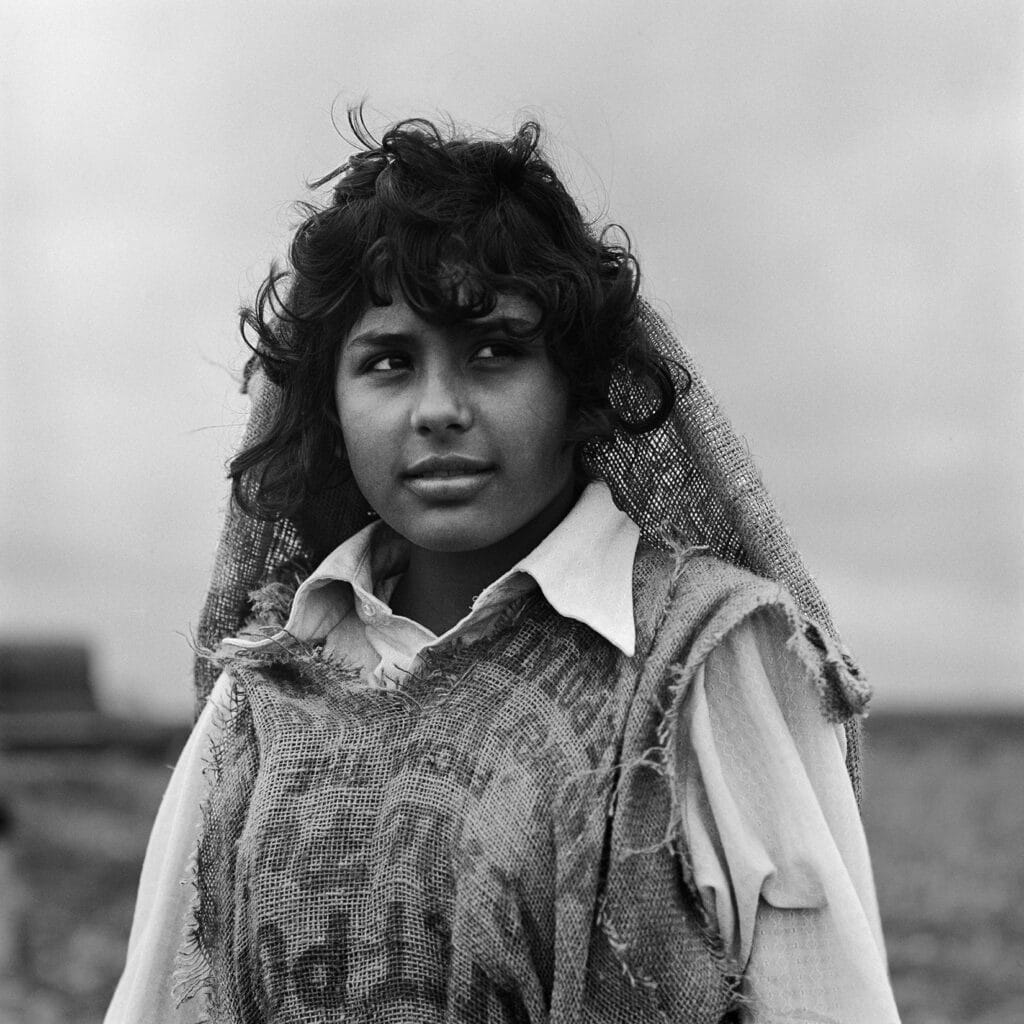
“When I thought of twenty-five years as the focus of the show, I looked at what I had done, some published as books, some not, like my High School project or my series on Industrial worker,” tells Ken Light about the process of choosing the images for exhibitions. “The hard part was trying to find a balance within the limit of the space and choose images that represented the larger bodies of work. I chose photos that resonated with me, some unseen and some over the decades had been published or exhibited that I felt gave a strong sense of the projects. I hope the show represents a good sense of the worlds I entered, and the people who shared their stories with me and my work practice and vision.”
Ken Light printed the photographs for the exhibition himself. He still works in the darkroom, developing his film, making contact sheets, and printing on gelatin silver paper. In a world where phones are constantly used to take pictures and digital photographs rapidly disseminated, the process appears as anachronistic. “A wonderfully slow and rewarding process,” says Light.
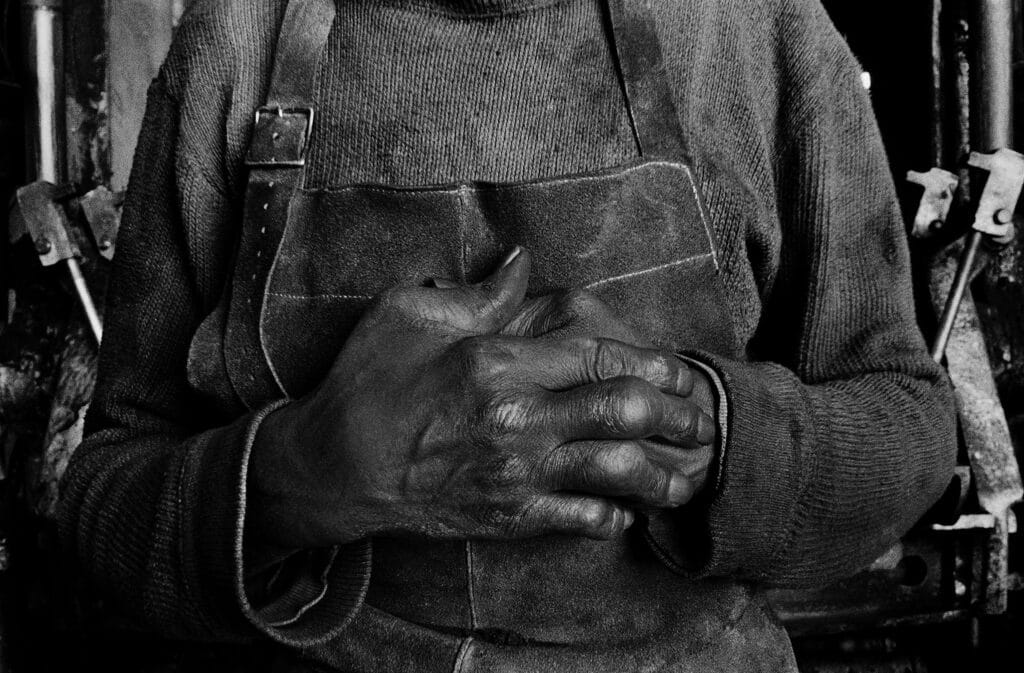
Ken Light takes time. Time to print his images, time to take them, and before that, time to meet the people he photographs. This closeness becomes evident in the images. You can see it in the faces of the students at DeWitt Clinton High School in the Bronx. You see it in the knurled hands of a worker at an industrial plant in Oakland. It is in the scared faces of the adults and children Light photographed along the border with Mexico, or in the eyes of those he photographed living on death row in a Texas prison.
Light is not a visitor. He rather becomes deeply involved with the events he covers. The time spent ties him to the stories he encounters in ways that would make his images impossible without it. “Night after night, from 4pm until after dawn, for weeks on end, I photographed the drama on the border, as people tried to cross into the United States, looking for ‘safe harbor’,” he says about covering activity on the border between Mexico and the United States. “I was driven to spend months on this self-assigned project. It was unbearable but at the same time fascinating.”
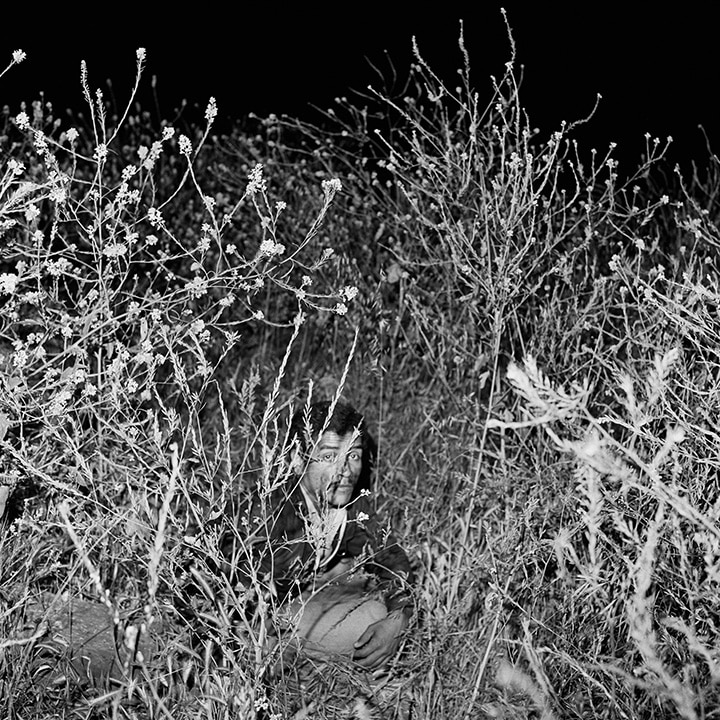
While Light’s process has not changed over his career, working conditions for documentary photographers have truly changed. Today, access is much more tightly controlled by the authorities, making long form documentary work much more complicated to undertake.
“In the early years and into the 1980’s I could walk in a factory and photograph without anyone following me. You could get close to a President, you could travel with the Border Patrol, enter a High School and just wander around dropping into a classroom without anyone questioning you” tells Light about working in the field. “What happened to photographers in the US is that people began to become leery of where our images were going. Maybe this says something about the power of our voices and our work. So American now is more restricted to our cameras, even more hidden and unseen. The country still has the same issues but try to get into a High School for days or a Death Row or a factory. Recently while working on my new project on the Rust Belt with a Guggenheim fellowship, I went to photograph a US Steel plant and had 5 management people trailing behind me, which makes it difficult to really see. We have become more restricted.”
The visual stories told by Ken Light during the years covered in the exhibition also mirror some of the same issues faced by the American people today. “Looking at the photographs I keep seeing communities and people that are unseen and forgotten,” Light tells. “High School students, Farmworkers and child laborers, Industrial workers, the undocumented and those incarcerated and on death row. Communities like the Mississippi Delta or West Oakland, marginalized and forgotten by America.”
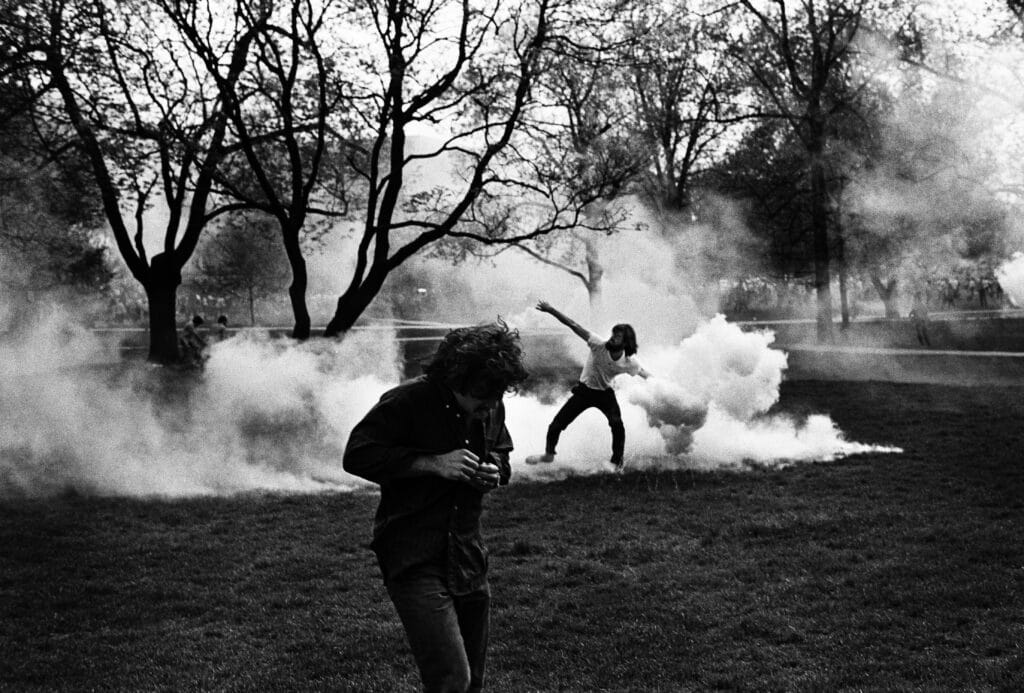
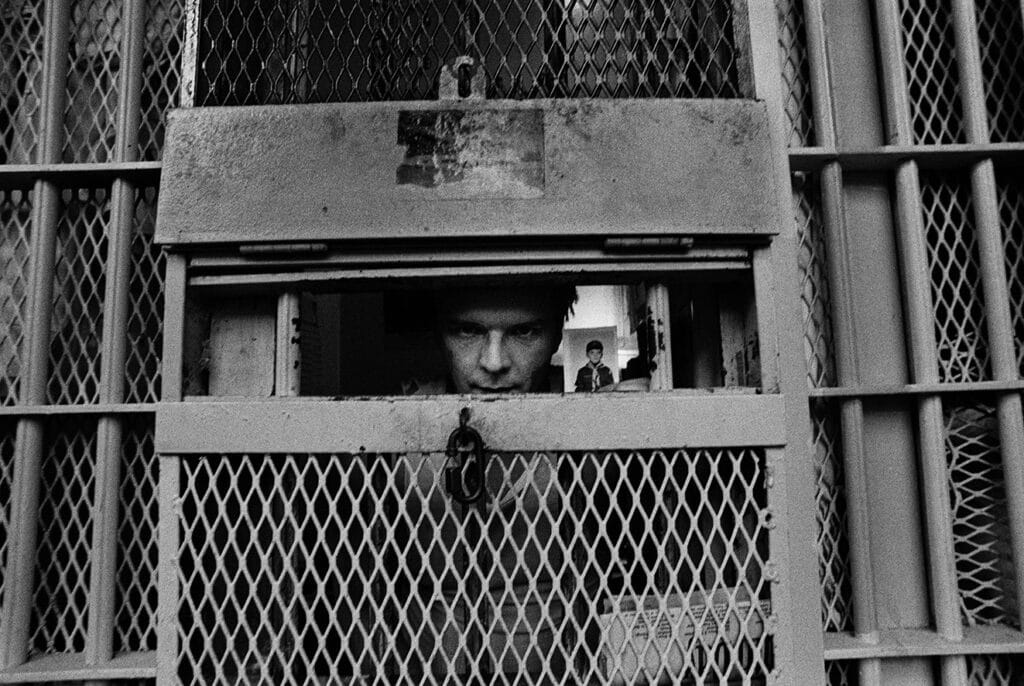
It is quite obvious that photography itself can’t change the world. But as Light’s work demonstrates, it can shed light on the stories that need to be seen to understand what America is, and what needs its people’s attention. What does Ken Light hope people who see the exhibition learn from it? “I hope that people seeing my work will have a better understanding of who are the builders of America, most of whom haven’t reaped the rewards that should be theirs,” he explains. “I hope they can see a photographer who has been deeply engaged with his country and who has tried to tell the stories of communities and people who are unseen. I hope that what I have done inspires others to pick up the torch and continue the tradition that I feel such a part of: Jacob Riis, Lewis Hine, Dorothea Lange, W. Eugene Smith, and others who have tried to find the truth often hidden from our view and in the dark.”
“Ken Light | American Stories: 1969-1995” is on view at the Bronx Documentary Center from October 10 through November 17, 2024.


